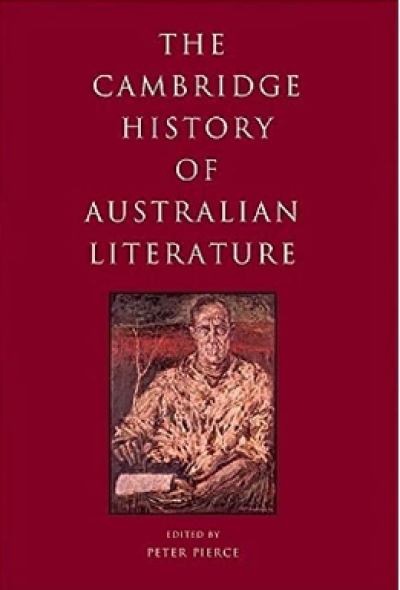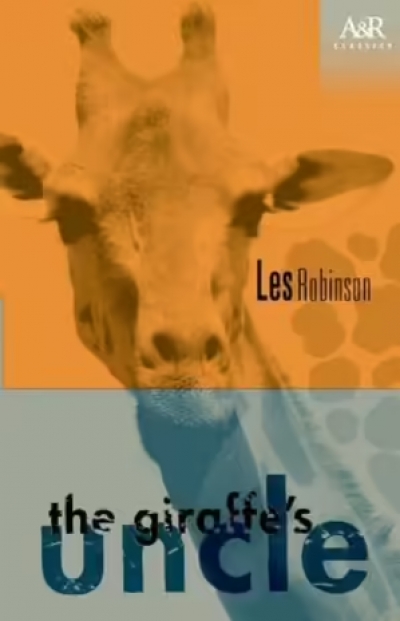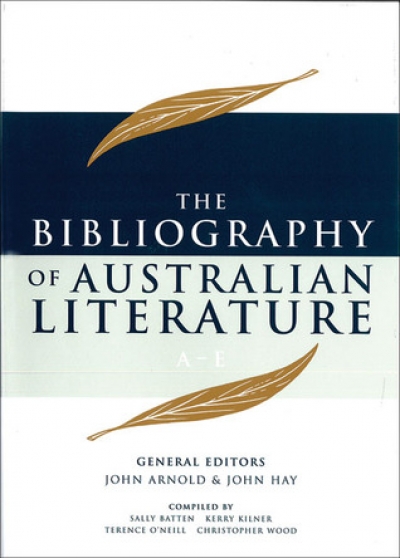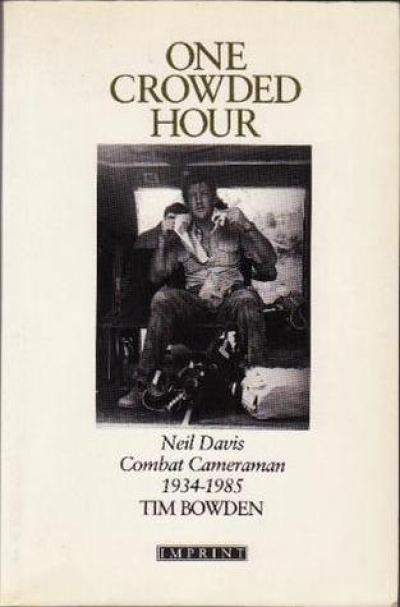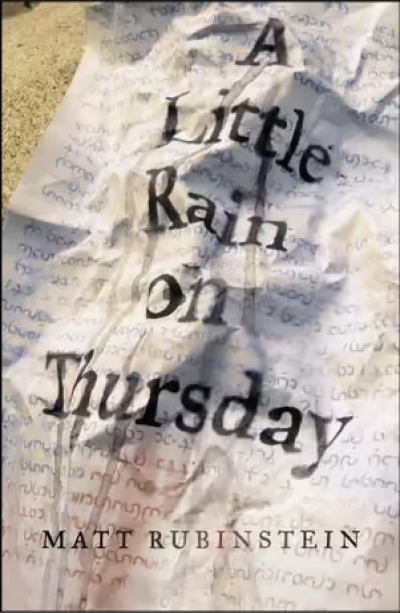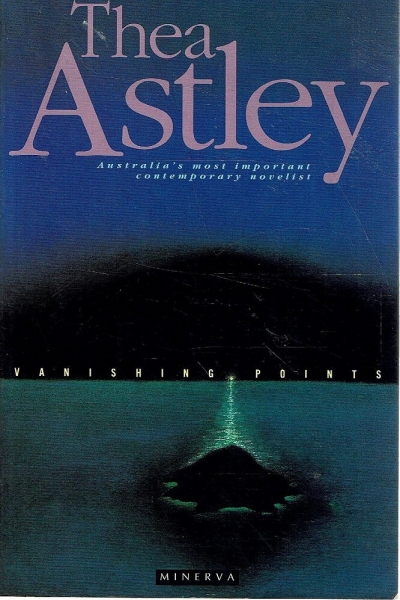Australian Literature
The Cambridge History of Australian Literature edited by Peter Pierce
by Gregory Kratzmann •
The Giraffe's Uncle by Les Robinson & My Love Must Wait by Ernestine Hill
by Elizabeth Webby •
The Bibliography of Australian Literature A–E edited by John Arnold and John Hay
by Joy Hooton •
Big-noting: The heroic theme in Australian war writing by Robin Gerster
by Sue Murray •
One Crowded Hour by Tim Bowden & We Have No Dreaming by Ronald McKie
by Kate Ahearne •
What do we do with literary magazines? How do we read these more or less accidental collections of literary fragments? How can we say that they matter? It would be nice if we could hold on to the heroic model of the modernist little magazine always ‘making it new’, forging a space for the advance guard, with what Nettie Palmer once called a ‘formidable absence of any business aims’. But, in the age of state subsidy and university support, and with large publishing houses intervening in the magazine market place, this would be sheer nostalgia – though in a form that might still motivate new magazine projects.
... (read more)
